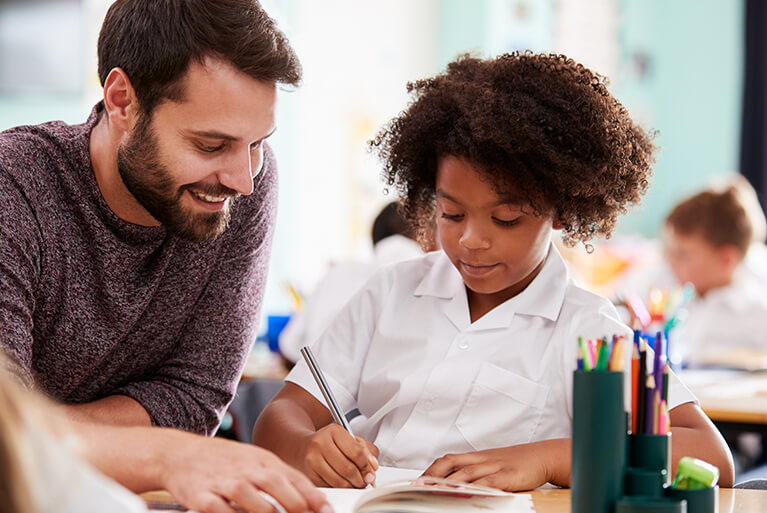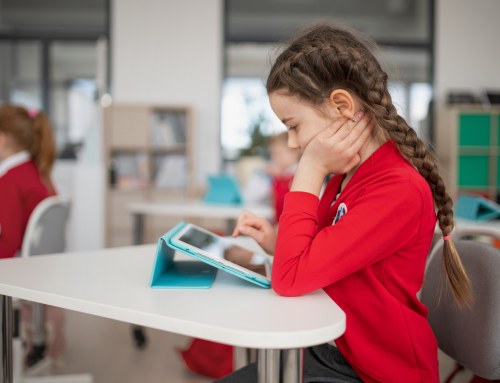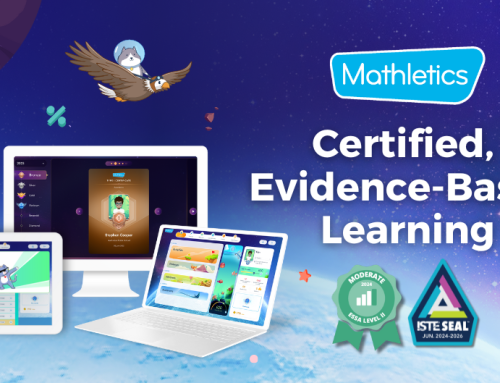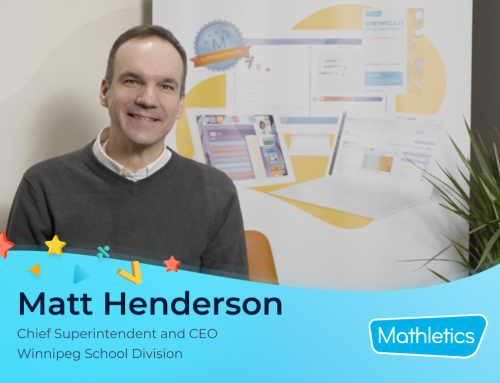Problem-solving and reasoning (PSR) can be daunting when you’re teaching it for the first or hundredth time.
Teaching PSR is an art, and like any art, there are solid foundation of principles you can follow and expand upon as your confidence grows.
Here’s how the best teachers take PSR to their students:
1. They get prepared
Treat PSR lessons like interactive stories and you’ll see where the strengths and gaps are in your lesson. You can try:
Running a practice lesson
In your head, in the shower, in front of the most convenient mirror – wherever suits.
Think about:
- How can I introduce the lesson?
- How do I begin the activity?
- How might students answer the questions?
- What do I want them to achieve by the end?
Going through these key questions can help you find any stumbling blocks and gives you a good idea of the path you’ll be following from beginning to end. For the middle, you’ll want to make sure you’ve got every student engaged. To do this you can try:
Finding compelling motivators
Get students hooked on the problem, and they will follow the entire lesson.
Think about:
- How can I spark curiosity?
- What is the intrinsic motivator?
- Where can I give the class control over the problem?
- Am I passionate about the problem?
Reaching this level of personal investment is about understanding your students – what matters to them? It might be a character in the activity you’re trying to help, or the goal of the activity, or the fact they can follow the problem in a way that speaks to them.
Your passion is important. It’s infectious. It’s emotive. It makes the lesson feel more personal.
The closer the activity is to their heart, the more effort they’ll put into finding solutions.
2. They hone questions into learning experiences
The best PSR questions aren’t the item in the middle – they’re the ones that prompt students into action. Give less information, support the strugglers, and scaffold the successful to turn questions into organic learning experiences.
Use less as more
You can give information, but you can’t take it away.
Give students enough space to figure things out on their own. This will give you an idea of who’s getting stuck, and who needs scaffolding.
Support the strugglers
Have a series of questions up your sleeve that can support understanding – think about how you can reframe questions, approaches or knowledge of the concepts. Sometimes it’s down to how it’s said rather than what is said.
Scaffold the successful
Don’t let them get comfortable!
If they’re flying through, sprinkle in questions that will force them to pause. Try asking them hypotheticals, ‘what if?’ or ‘does that always work?’, or throw them a new challenge like ‘what would it look like as a diagram?’
And a few other things to keep in mind…
- Again, be prepared! Having a series of prepped questions will create a learning journey you can take your class on.
- Resist the urge to give students answers. Let them walk down the path you’ve created in their own way and time.
- Confuse students a little – wrestling with concepts turns general understanding into deeper knowledge.
- Group questioning should encourage discussion and debate! This sharing and challenging of ideas show students how different thinking can be between them.
3. They group according to the activity
Suit your class to the activity. Think through and see if the activity, or what parts of the activity, are best-left solo, or in pairs, or by tables, or by ability levels and so on.
Group activities can inspire a whole new level of creativity with your PSR lesson. You can set each student within groups different roles, tasks or characters if your story-telling is good enough.
One of the best ways to do this is through the Jigsaw Technique. It gives students the chance to become temporary experts in a topic before they pass it on to classmates.
4. They time it just right
To time PSR lessons, you’ll want to keep three things in mind:
Know your students
How long will it take the fastest and slowest students to complete each section? What are the chances of mass distraction breaking out? Having an understanding of how long things might take and when things might go wrong.
Know your activity
How long does it take to explain the concepts? How many different ways are you planning to explain questions? How long are they?
Keep a running tally of how long you suspect each part of the lesson might take and use it as a rough guide for your lesson.
Leave time to reflect
This is the most important part of PSR to make time for. Reflecting and giving students the chance to discuss helps them absorb what they’ve just learned.
5. They reflect themselves
Now it’s your turn, and immediacy is key.
Get your thoughts on paper make a summary of:
What worked?
Note if the lesson:
- Sparked interest
- Kept them engaged
- Was followed the whole way
What didn’t work?
Note:
- Where you might have lost students
- If eyes and minds started to wander
- If every student was accounted for
What would you like to do next time?
Take notes on what you’d like to achieve the next time around!
PSR lessons are an iterative process – you’ll get better from the first to the hundredth time teaching it!








